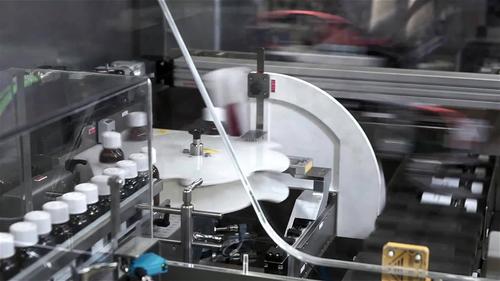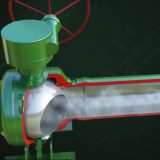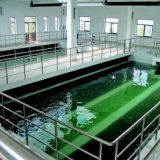1 How to Select Gate Valve
In general, gate valves should be preferred. Gate valves are suitable not only for steam, oil, and other media but also for mediums containing granular solids and high viscosity, as well as for valves for emptying and low vacuum systems. For a medium with solid particles, one or two purge holes shall be provided on the gate valve body. For the cryogenic medium, a special gate valve for the cryogenic medium should be selected.

2 How to Select Globe Valve
Globe valves are suitable for pipelines that require little fluid resistance, i.e. pipelines or devices with little consideration of pressure loss, high temperature, and high-pressure media, and for medium pipelines such as steam with DN less than 200 mm; small valves can choose globe valves, such as needle valves, instrument valves, sampling valves, and pressure gauge valves; globe valves have flow or pressure regulation, but do not require regulation accuracy. The pipe diameter is relatively small, so it is appropriate to choose a globe valve or throttle valve; for highly toxic media, it is appropriate to choose bellows sealed globe valve; but a globe valve should not be used for medium with high viscosity and medium with easy precipitation of particles, nor should it be used as vent valve and valve of the low vacuum system.
3 How to Select Ball Valves
Ball valves are suitable for medium with low temperature, high pressure, and high viscosity. Most sanitary ball valves can be used in medium with suspended solid particles, according to the sealing material requirements can also be used in powder and granular media; full-channel ball valves are not suitable for flow regulation, but suitable for situations requiring quick opening and closing, so as to facilitate emergency shut-off; usually, they have strict sealing performance, wear, shrinkage passage, quick opening and closing action, and high-pressure cut-off (large pressure difference).
Ball valves are recommended for pipelines with low noise, gasification, small operating moment, and small fluid resistance; they are suitable for light structure, low-pressure cut-off, and corrosive media; they are also the ideal valves for cryogenic and cryogenic media; low-temperature ball valves with valve caps should be selected for pipeline systems and devices of cryogenic media; when floating ball valves are selected, their seat materials should bear.
The ball valves with large diameters need more force when they are operated under loads of ball bodies and working medium. The ball valves with DN (> 200mm) should be driven by a worm wheel. The fixed ball valves are suitable for occasions with large diameters and high pressure. In addition, the ball valves used in the pipelines of highly toxic materials and combustible media should have the structure of fire prevention and antistatic.
4 How to Select Throttle Valve
Throttle valves are suitable for medium with low temperature and high pressure. They are suitable for places where flow and pressure need to be regulated. They are not suitable for medium with high viscosity and solid particles. They are not suitable for partition valves.
5 How to Select cock valve
Cock valves are suitable for situations requiring quick opening and closing. They are generally not suitable for steam and medium with high temperature, medium with low temperature and high viscosity, and medium with suspended particles.
6 How to Select Butterfly Valve
Butterfly valves are suitable for large caliber (such as DN > 600 mm) and short structure length requirements, as well as the need for rapid flow regulation and opening and closing requirements. They are generally used in water, oil, and compressed air with temperature < 80 C and pressure < 1.0 MPa. Sanitary butterfly valves are suitable for pipeline systems with lax pressure loss requirements because of the large pressure loss of butterfly valves relative to gate valves and ball valves.
7 How to Select Check Valve
Check valves are generally suitable for cleaning media, not for media containing solid particles and high viscosity. When DN is less than 40 mm, lift check valves should be used (only allowed to be installed in horizontal pipelines); when DN is 50-400 mm, swing lift check valves should be used (installed in horizontal and vertical pipelines, if installed in vertical pipelines, media flow should be from bottom to top); when DN is more than 450 mm, buffer check valves should be used; when DN is 100-400 mm, clip check valves can also be used. Swing sanitary check valve can be made into a high working pressure, PN can reach 42MPa, according to the shell and seal material can be applied to any working medium and any working temperature range. Medium is water, steam, gas, corrosive medium, oil, medicine, etc.
8 How to Select Diaphragm Valve
Diaphragm valves are suitable for oil, water, acidic media, and media containing suspended substances with working temperature less than 200 C and pressure less than 1.0 MPa, but not for organic solvents and strong oxidant media; weir diaphragm valves are suitable for grinding granular media, and weir diaphragm valves should refer to their flow charts; direct diaphragm valves are suitable for viscous fluids, cement slurry, and sediment media; As required, sanitary diaphragm valves are not suitable for vacuum pipelines and vacuum equipment.




